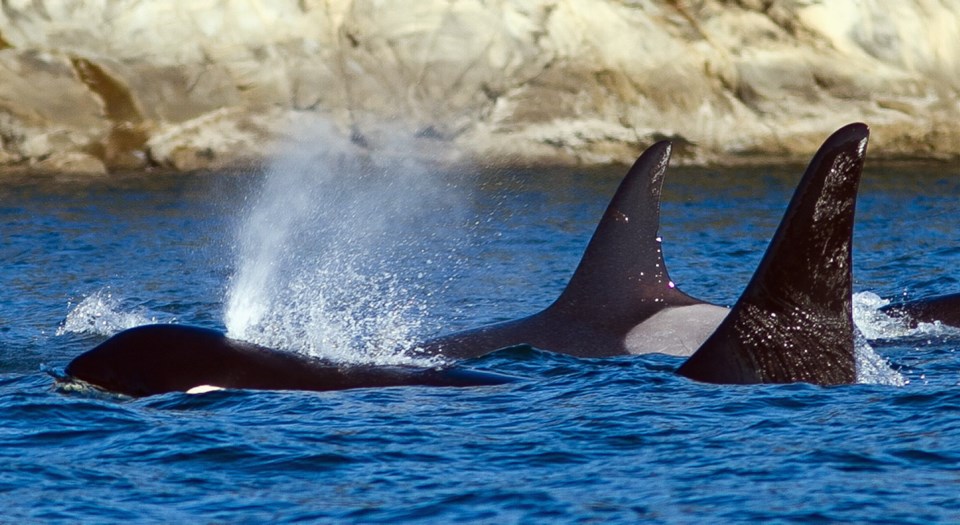Half of the plans developed in Canada over the past 13 years for the recovery of threatened and endangered species might lack constitutionally required Indigenous consultation, according to a recent study by Carleton University researchers.
The researchers examined recovery strategies and management plans developed from 2006 to 2017 for species considered endangered, threatened and of special concern under the federal Species at Risk Act. Fifty-two per cent of the documents showed no evidence of Indigenous involvement, despite a legal requirement that governments consult with Indigenous Peoples.
Two 2004 Supreme Court of Canada rulings on B.C.-based cases established that the government has a duty to consult and, where appropriate, accommodate Indigenous groups when it considers conduct that might affect Indigenous or treaty rights. Over the years, the courts have further clarified what “consultation” means and how and when it must be applied.
Last year’s ruling by the Federal Court of Appeal is one example. The court reversed approval of the Trans Mountain pipeline expansion and ordered the federal government to re-do parts of its consultation with Indigenous Peoples, as well as have the National Energy Board consider the environmental impacts of increased tanker traffic off the coast resulting from the expanded pipeline. Before the ruling, it became clear that the government had green-lighted the project before its consultations with B.C.’s First Nations were complete.
Learning from that mistake, the B.C. government’s proposed environmental-assessment rules include, for the first time, specific requirements for consultation with First Nations. The proposed legislation refocuses the assessment process on Indigenous consent, early engagement, clear timelines and consideration of other issues related to climate change, pollution targets and the effects of projects on future generations.
Species-recovery plans can also affect Indigenous rights. The Species at Risk Act explicitly recognizes that Indigenous Peoples can play critical roles in wildlife conservation and have unique traditional knowledge about wildlife species. Under the act, a council of Indigenous representatives advises the act’s administrators — Parks Canada, Fisheries and Oceans Canada, and Environment and Climate Change Canada for federal lands and waters, and provincial government departments for provincial lands and waters.
The study’s authors note that the lack of evidence of consultation could be due to several reasons. Invitations to participate in species-at-risk recovery planning might be inappropriate or inadequate — they might even be addressed to the wrong people. As well, Indigenous groups that receive invitations to participate might not respond. Many First Nations haven’t the resources for reviewing and analyzing the impacts of proposed activities on their traditional lands and rights. Fear that participating might put treaty negotiations at risk, lack of understanding about the SARA process, distrust and racial tensions might also prevent involvement.
Regional differences exist. Fewer documents prepared for recovery of species found in either the Prairie provinces or Quebec showed any evidence of Indigenous consultation. As for B.C., with the large number of unsigned treaties in the province, many species-at-risk recovery documents show no involvement, but the plans with evidence of Indigenous consultation score high in the amount of participation that occurred.
Another factor that might affect First Nations involvement in B.C. is the province’s lack of standalone species-at-risk legislation. British Columbia is only now drafting legislation that lays out comprehensive steps for identifying, protecting and recovering species at risk. It signed on to the National Accord for the Protection of Species at Risk in 1996, but has since relied on the Wildlife Act and other legislation to manage species at risk.
Provincial endangered species legislation would lay out comprehensive steps for identifying, protecting and recovering species at risk.
British Columbia has 231 species listed under SARA — more than any other province. Another 1,900 species and subspecies are considered threatened.
The province’s lack of such legislation has not served wildlife species that are threatened and endangered by climate change, urbanization and industrial development — including spotted owls, mountain caribou and orca. However, drafting the laws now provides B.C. with an opportunity not just to fill SARA’s gaps but to integrate reconciliation as a guiding principle into species-recovery planning and for improving relationships with each of the First Nations with at-risk-species habitat on traditional lands.



